Stuff:
Two thermometers, A transparent glass, jar with lid, A sheet of paper, Pencil, Watch
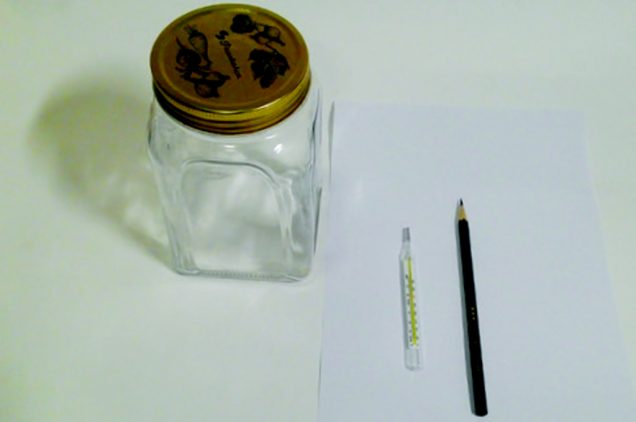
Do:
1. Place the two thermometers outside in the sun. Label them A and B. Make sure no shade is falling on them.
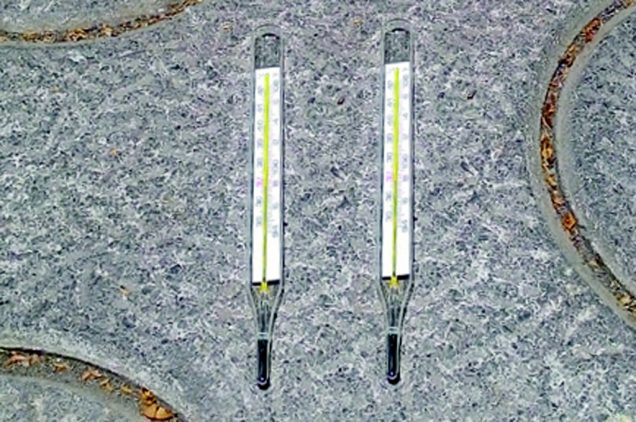
2. After 3 minutes, check the temperature on both the thermometers and write it down. Also note the time.
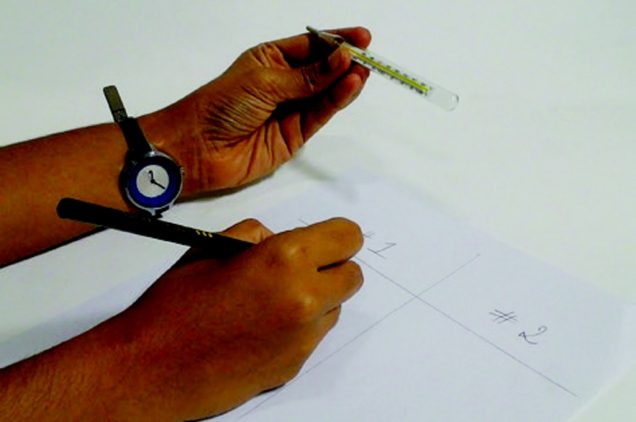
3. Now, place thermometer A inside the jar and close the lid.
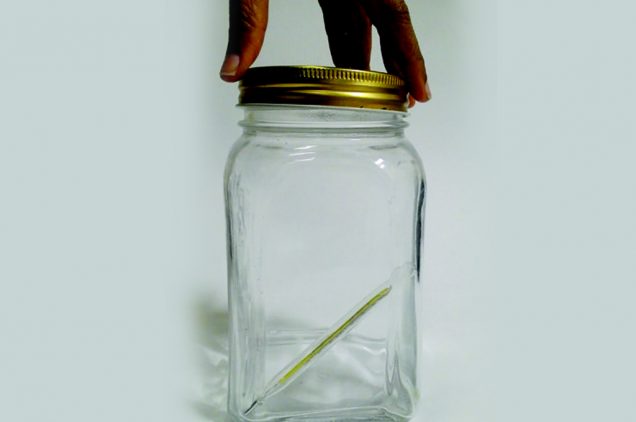
4. Now record the temperature of both thermometers every minute for a total of 10 minutes.
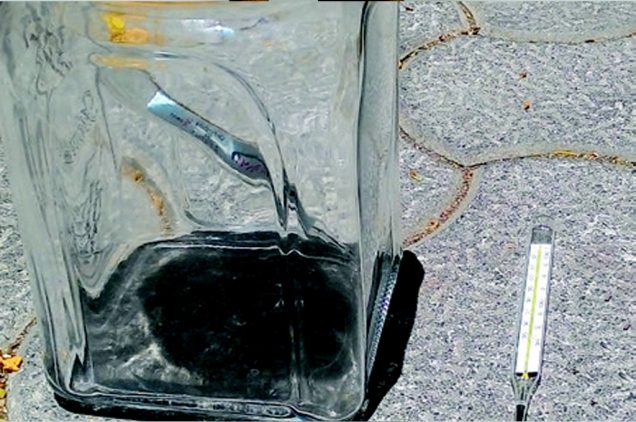
See:
The temperature of thermometer A that is sealed inside the jar starts to increase even though both thermometers receive the same amount of sunlight.
Why did the temperature increase in thermometer A?
Thermometer B, which is outside, is surrounded by moving air. As warm air and cool air constantly mix, the temperature of thermometer B remains fairly stable. Whereas, thermometer A is surrounded by air that is sealed inside the jar and
hence stagnant. The glass jar traps the heat inside, in turn heating up the air inside. This causes the reading of thermometer A to increase. This is called greenhouse effect—the process by which the Sun’s warmth is trapped by Earth, making it suitable to sustain life.
Lets Find Out:
What is greenhouse effect?
When Earth’s surface receives heat and light from the Sun, gasses in Earth’s atmosphere like water vapour, carbon dioxide, methane, nitrous oxide and
ozone absorb some of this energy and reflect it back towards Earth’s surface. The rest is sent back into space. The heat that these gasses trap is what makes Earth warmer and livable. Without it, Earth’s average temperature would be about -18°C, instead of the current habitable temperature of 15°C.
How is this effect used in gardening?
The concept of trapping heat inside a glass jar is use on a larger scale for growing plants. In places with cold climates, plants are grown inside a large glass structure that traps the heat from the sun, making it relatively warmer inside
and suitable for certain plants to grow.
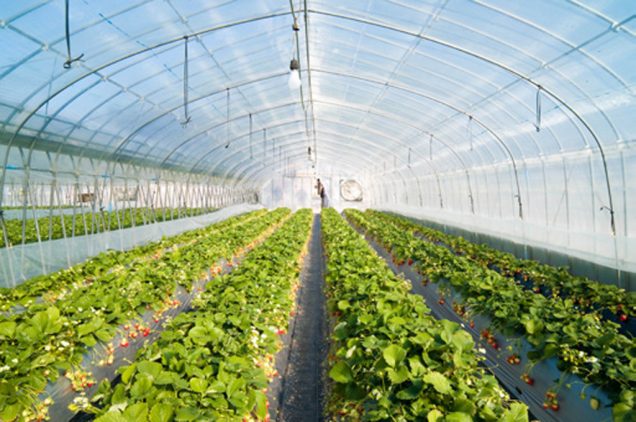



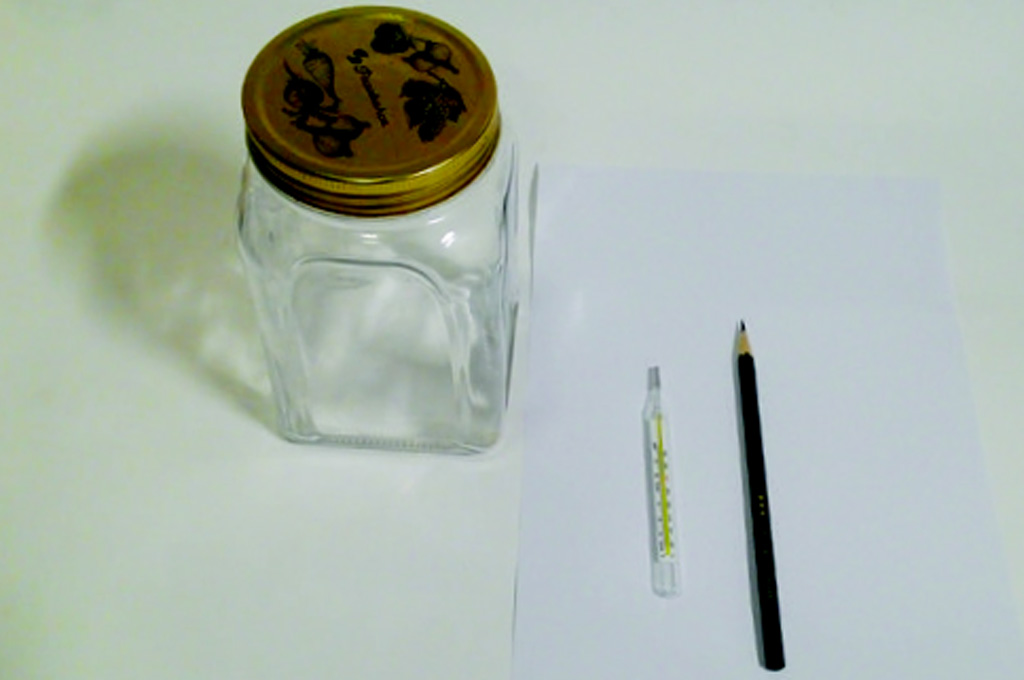




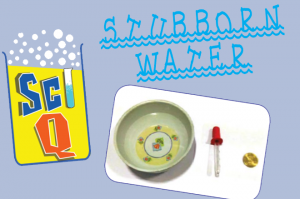

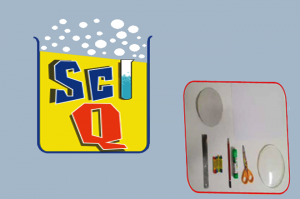



COMMENT